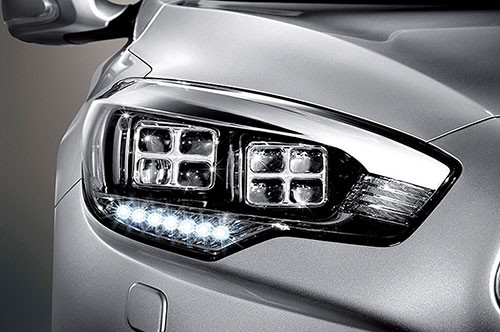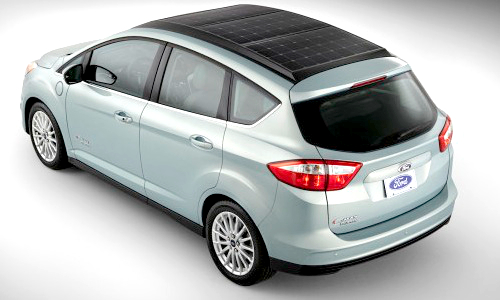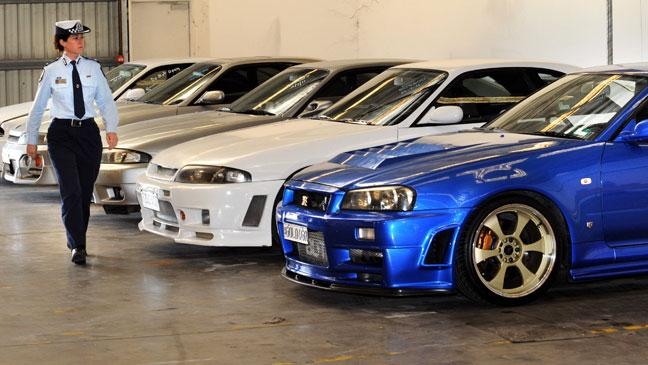5 Warning Lights You Should Never Ignore
What would you do if your car suddenly lit up with a bright orange or red symbol on the dashboard while you were driving? Pull over? Panic? Keep going and hope it sorts itself out?

It’s easy to ignore dashboard warning lights, especially if the car still seems to be driving fine. But doing that can be a costly mistake. Some lights signal minor issues. Others are urgent and can lead to major damage, breakdowns, or even accidents if you don’t act quickly.
Let’s break down five warning lights that should never be ignored – the ones that mean business and deserve your full attention.
1. Engine Temperature Warning
This one usually shows up as a thermometer icon or sometimes just the word “TEMP” in red. Either way, it’s not something to brush off.
When this light comes on, your engine is running hotter than it should. That could mean your coolant is low, there’s a leak in the system, or something more serious like a failing water pump or broken radiator.
Keep driving with an overheating engin, and you’re looking at potential warped cylinder heads, a blown head gasket, or full engine failure. And those repairs don’t come cheap.
What to do
If the light comes on while driving, pull over as soon as it’s safe. Turn off the engine and let it cool. Do not open the radiator cap while it’s hot – that can cause serious burns. Once things have cooled down, check your coolant level. If it’s low, you can top it up temporarily with water, but you’ll still need to get the system checked properly. A professional car mechanic Darwin can diagnose if there’s a leak or if something’s broken.
2. Oil Pressure Warning
This one often appears as an old-fashioned oil can symbol, sometimes with a drop coming out.
Low oil pressure means your engine isn’t getting enough lubrication. Without that oil cushioning all the moving metal parts, friction builds up fast. If the light is on, the engine could seize, and that can mean the end of the road for your motor.
What to do
Don’t keep driving. Pull over and turn the engine off. Check your oil level using the dipstick. If it’s low, topping it up might get you to a garage. But don’t assume it’s fixed – you could have a leak or a worn-out oil pump. Either way, it needs attention.
3. Brake System Warning
This light is often a red exclamation mark in a circle, or the word “BRAKE”. It can mean different things, depending on your car, but none of them should be ignored.
It might be something as simple as your handbrake being on. But if the handbrake is definitely off and the light’s still on, you could have low brake fluid, worn brake pads, or a fault in the brake system itself.
Brakes are your last line of defence. If they fail, you’ve got a real problem on your hands.
What to do
First, double-check the handbrake. Still on? Release it. If that’s not the issue, pull over safely and check your brake fluid level under the bonnet. If it’s low, that could mean a leak, which needs urgent repair. Don’t gamble with your brakes. If in doubt, call for help or arrange for the car to be towed.
4. Battery Charge Warning
You’ll usually see this as a red battery icon. Many people ignore it because the car still runs fine, but that’s a short-term illusion.
This light means the battery isn’t charging properly. It might be the alternator, a loose belt, corroded cables, or the battery itself starting to fail. You might have enough charge left to drive for a bit, but eventually the car will cut out – and that could happen at the worst possible time.
What to do
Don’t delay. If the light comes on while you’re driving, try to switch off anything that draws power, like the radio, heater fan, or headlights (if it’s daytime and safe to do so). Get the car to a mechanic as soon as you can. If the battery goes flat before then, you might be stuck.
5. Check Engine Light
This is the one that often gets ignored the most. It can be orange or yellow and might say “CHECK ENGINE” or just show a picture of an engine block.
Sometimes it signals a minor issue, like a loose fuel cap. Other times, it points to serious engine or emissions problems. The tricky part is, you won’t know which it is until it’s diagnosed properly.
Modern cars can run seemingly fine even with this light on. But that doesn’t mean there’s no problem. Waiting too long to get it checked can lead to poor fuel economy, increased emissions, or major damage.
What to do
If the light is steady, make a booking to get it looked at soon. But if it’s flashing, that’s more urgent. A flashing check engine light usually means a serious misfire that can cause damage to the catalytic converter. In that case, reduce your speed and get the car checked straight away.
Other Lights Worth Watching
While the five lights above are the most urgent, there are a few others that deserve attention when they pop up:
- ABS light – means there’s an issue with the anti-lock braking system. You’ll still have brakes, but not the extra safety feature.
- Tyre pressure warning – signals low pressure in one or more tyres. Not always urgent, but driving on under-inflated tyres can be dangerous and waste fuel.
- Airbag light – shows there might be a fault with the airbag system. You want those working in a crash.
- Traction control light – lets you know if the system that helps keep your wheels from spinning has been switched off or isn’t working.
Don’t Wait for It to Get Worse
Warning lights aren’t there to annoy you; they’re your car’s way of saying something’s wrong. Ignoring them can quickly turn a small issue into a big one.
You don’t need to panic every time something lights up on the dash, but you do need to pay attention. Understanding what the lights mean and acting quickly when it matters can save you from major repairs, roadside breakdowns, and unsafe driving conditions.
Next time a light comes on, treat it like a message from your car. The sooner you listen, the better.





